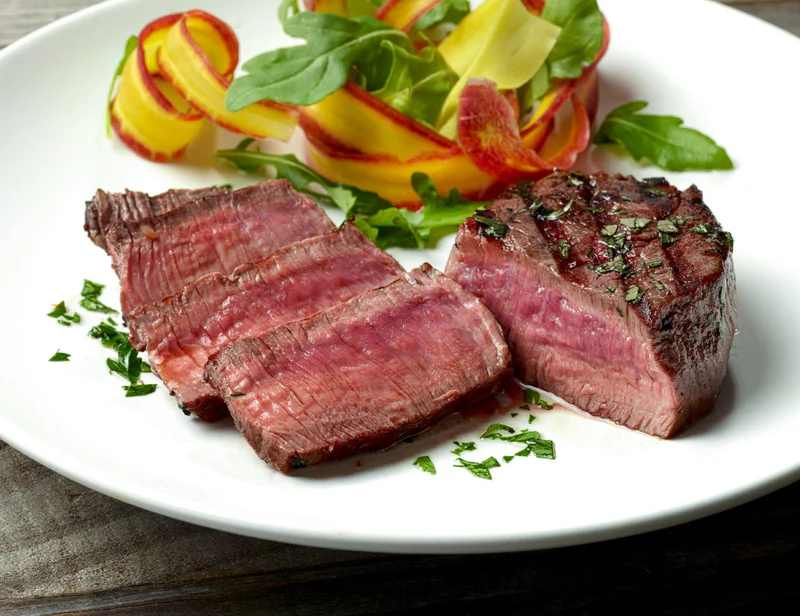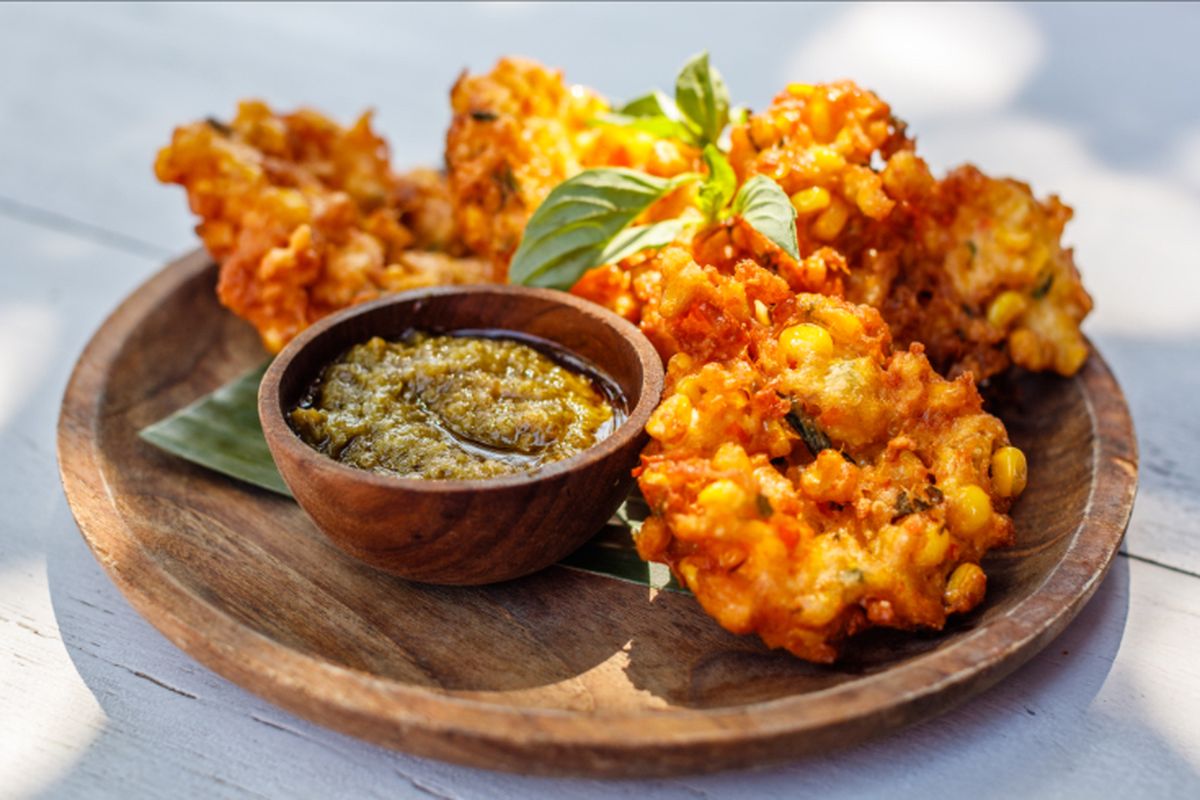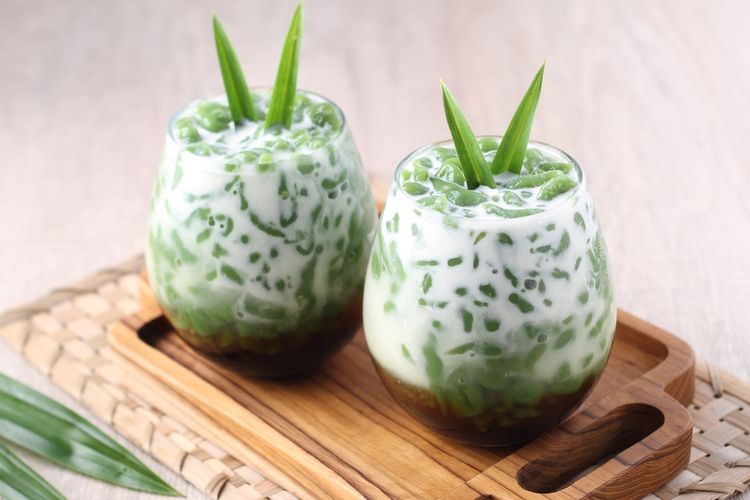Ostrich steak represents a unique culinary adventure for those looking to explore beyond traditional beef, pork, or chicken. As one of the leanest red meats available, ostrich offers a health-conscious alternative that does not sacrifice flavor for nutrition. Rich in protein and low in fat, ostrich meat boasts a flavor that is often compared to premium beef, making it a favorite among gourmet chefs and health enthusiasts alike. This article provides essential tips and techniques for cooking ostrich steak, ensuring a tender and flavorful experience.
Selecting the Best Ostrich Steaks
Contents

Choosing high-quality ostrich steaks is crucial for achieving the best culinary results:
- Freshness: Look for ostrich steaks that are bright red in color, similar to beef, indicating freshness.
- Quality: Opt for steaks that are uniformly thick to ensure even cooking. If possible, purchase steaks from a reputable source that specializes in exotic meats.
Preparation: Simple Yet Effective
Ostrich meat should be prepared simply to highlight its natural flavors:
- Marinating: Due to its low fat content, ostrich meat can benefit from a brief marinade to enhance tenderness and flavor. Ingredients like olive oil, lemon juice, garlic, and herbs can be used to create a marinade that complements its rich taste.
- Bringing to Temperature: Remove the ostrich steaks from the refrigerator about 30 minutes before cooking to bring them to room temperature. This step helps in cooking the meat evenly.
Cooking Techniques
The key to cooking a perfect ostrich steak lies in the technique. Due to its lean nature, ostrich meat cooks faster than beef and is best served medium-rare to medium to maintain juiciness and flavor.
- Grilling:
- Preheat your grill to a high heat.
- Season the ostrich steaks with salt and pepper right before cooking to enhance their natural flavors.
- Place steaks on the grill, cooking for about 2-3 minutes on each side for medium-rare, depending on thickness.
- Avoid overcooking, as ostrich can become tough if cooked beyond medium.
- Pan-Searing:
- Heat a heavy skillet over medium-high heat and add a small amount of oil.
- Once hot, add the ostrich steak to the pan. Sear for about 2-3 minutes on each side for medium-rare, adjusting the time based on the steak’s thickness.
- Consider adding butter and aromatics, such as garlic and thyme, in the last minute of cooking to baste the steaks for added flavor.
Resting and Serving
Allowing the ostrich steak to rest after cooking is crucial:
- Resting: Let the steaks rest for about 5 minutes under a foil tent after cooking. This process helps redistribute the juices throughout the meat, ensuring a moist and flavorful steak.
- Slicing: Slice the steak against the grain to maximize tenderness.
Serving Suggestions
Ostrich steak pairs well with a variety of sides:
- Starches: Serve with roasted potatoes, sweet potatoes, or a light quinoa salad.
- Vegetables: Grilled asparagus, sautéed spinach, or a vibrant mixed salad complements the richness of the ostrich.
- Sauces: A red wine reduction or a simple béarnaise sauce can enhance the luxuriousness of the dish.
Conclusion: A Culinary Delight
Cooking ostrich steak presents an exciting opportunity to explore exotic meats that offer both flavor and health benefits. With the right techniques, ostrich can be transformed into a gourmet dish that satisfies the palate of any meat lover. Whether grilled or pan-seared, ostrich steak provides a delicious and nutritious nakbon alternative to traditional red meats, making it a worthy addition to any adventurous cook’s repertoire.





